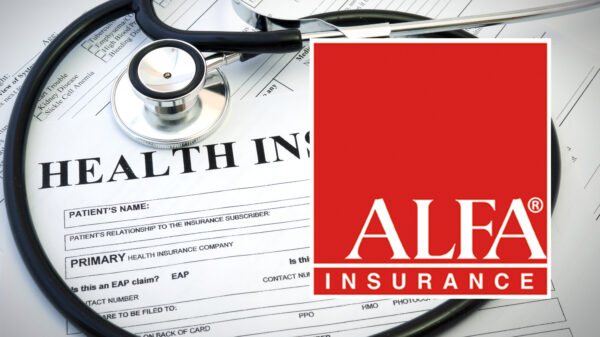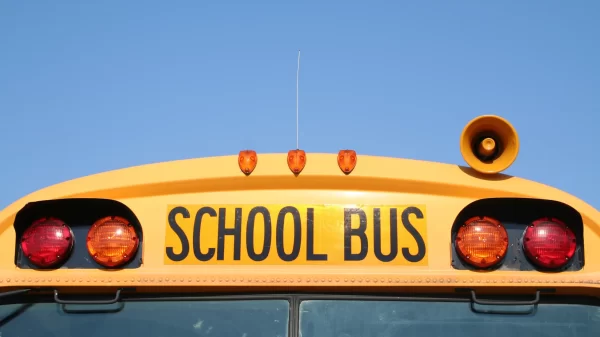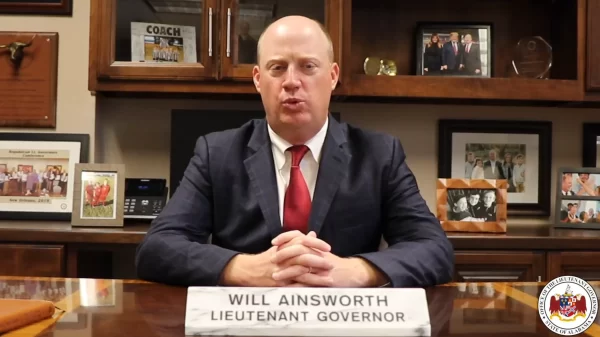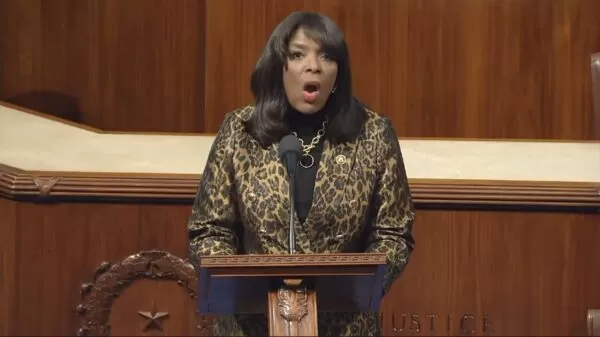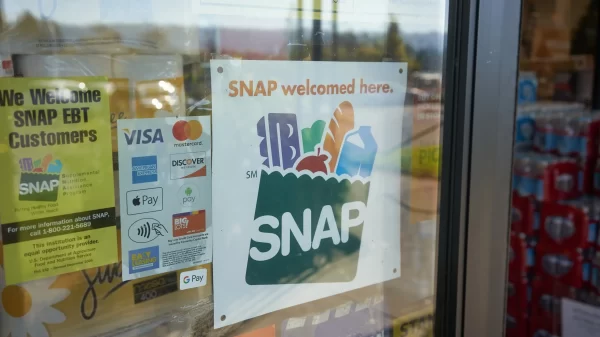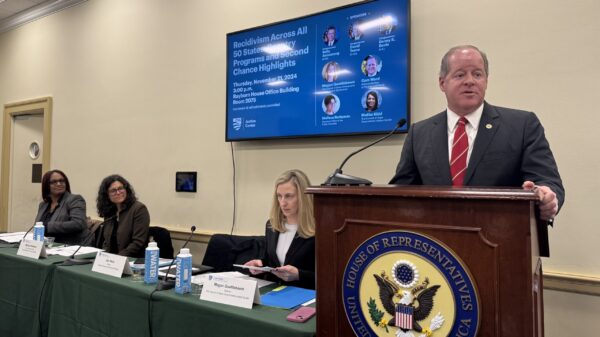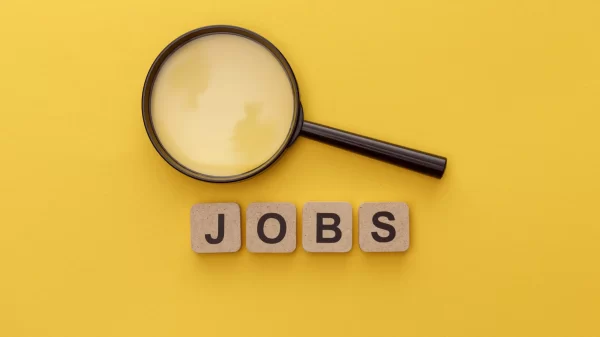|
Getting your Trinity Audio player ready...
|
The NFIB Small Business Optimism Index rose by 2.2 points in October to 93.7, marking the 34th consecutive month below the 50-year average of 98. The Uncertainty Index also saw a significant increase, rising seven points to a record high of 110. Notably, a seasonally adjusted net negative 20 percent of small business owners reported higher nominal sales in the past three months, the lowest reading since July 2020.
NFIB Chief Economist Bill Dunkelberg commented, “With the election over, small business owners will begin to feel less uncertain about future business conditions. Although optimism is on the rise on Main Street, small business owners are still facing unprecedented economic adversity. Low sales, unfilled job openings, and ongoing inflationary pressures continue to challenge our Main Streets, but owners remain hopeful as they head toward the holiday season.”
While state-specific data isn’t available, NFIB State Director Rosemary Elebash noted, “Alabama isn’t immune from the national trends. Inflation and a lack of qualified workers are putting a strain on Main Street businesses. If there’s a silver lining, it’s that Alabama’s unemployment rate for September was 2.9 percent, which was lower than the national average. The state’s civilian workforce reached a record high of 2.3 million, with over 24,000 people joining the workforce.”
Key Findings from October’s Report:
– A net negative 20 percent of all owners (seasonally adjusted) reported higher nominal sales in the past three months, a decline of three points from September, marking the lowest level since July 2020.
– Seasonally adjusted, a net 31 percent reported raising compensation, down one point from September, reaching its lowest level since April 2021.
– The net percentage of owners expecting higher real sales volumes rose five points to a net negative 4 percent (seasonally adjusted), the highest reading of the year.
– A net 5 percent of owners reported paying a higher rate on their most recent loan, down seven points from September, the lowest since January 2022.
– Thirty-five percent (seasonally adjusted) of all owners reported unfilled job openings, up one point from September.
– Inflation remains a top issue for 23 percent of owners, citing it as their primary operational challenge.
Additional insights from the NFIB’s monthly jobs report reveal that 35 percent of all small business owners reported job openings they could not fill in October, slightly up from September’s reading, the lowest since January 2021. Among owners hiring or attempting to hire, 87 percent reported few or no qualified applicants for open positions.
In terms of investments, 54 percent of owners made capital outlays in the last six months, an increase of three points from September. Of those, 35 percent spent on new equipment, 23 percent acquired vehicles, and 14 percent improved or expanded facilities. Future capital spending also showed a positive outlook, with 22 percent (seasonally adjusted) planning capital outlays in the next six months, up three points from September.
Inventory adjustments were notable, with the net percentage of owners reporting inventory gains rising four points to a net negative 9 percent (seasonally adjusted). Additionally, the net percentage of owners raising average selling prices fell slightly to a net 21 percent (seasonally adjusted), with inflation and labor costs cited as the primary reasons behind price increases.
Industry-specific data indicated that price hikes were most prevalent in finance, retail, construction, and service sectors. Seasonally adjusted, a net 26 percent of business owners plan further price increases in the coming months.
The report also highlights that a net 23 percent of owners plan to raise compensation within the next three months, indicating continued labor challenges. In October, labor quality remained a critical concern for 20 percent of owners, ranking just behind inflation.
Profitability trends showed improvement, with a net negative 33 percent (seasonally adjusted) reporting positive profit trends, up one point from September. Factors affecting profits included weaker sales, rising material costs, labor expenses, and selling prices.
On the credit front, two percent of owners reported unmet borrowing needs, 23 percent reported that all credit needs were met, and 64 percent expressed no interest in loans. Financing concerns were minor, with only three percent listing it as their top issue.
The NFIB Research Center has been collecting data on small business economic trends through quarterly surveys since 1973, and monthly surveys since 1986. This survey was conducted in October 2024, with results released on the second Tuesday of each month.











